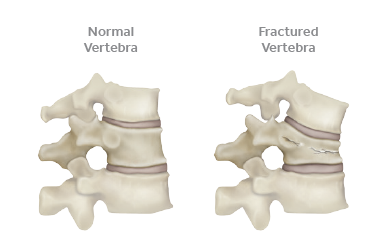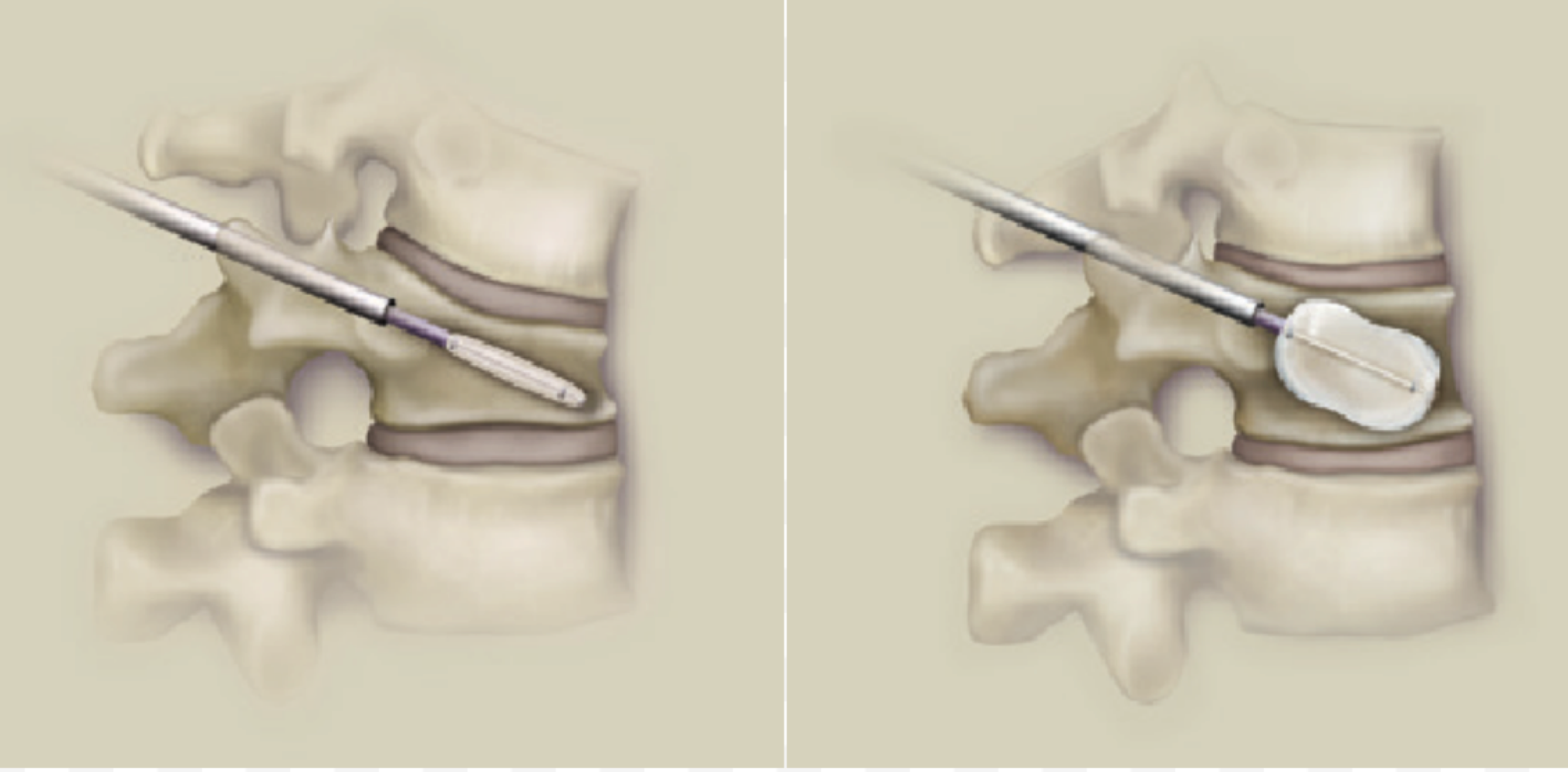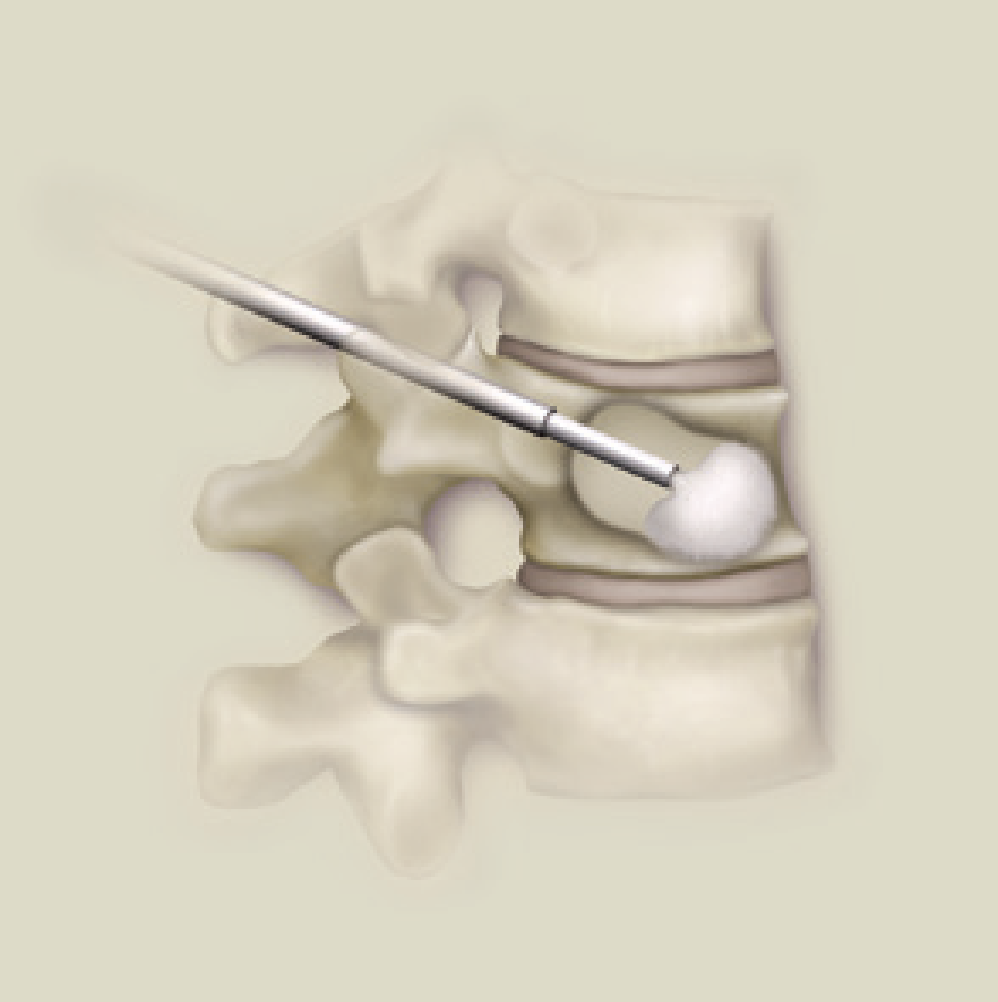Introduction to Kyphoplasty
Kyphoplasty is a minimally invasive procedure designed to repair spinal fractures, particularly compression fractures, and to relieve pain, restore spinal stability, and improve mobility. This procedure is commonly performed by an Interventional Radiologist or a spine specialist.
What is Kyphoplasty?
Kyphoplasty involves the use of orthopedic balloons to lift a fractured vertebra back to its normal position. Once the bone is in place, the balloons are removed, and the space created is filled with a special cement to stabilize the vertebra.
Key Points About Kyphoplasty:
- Purpose: To relieve pain, restore vertebral height, and stabilize fractured vertebrae.
- Common Causes of Fractures: Osteoporosis, cancer, or trauma.
- Outcomes: Pain relief, improved mobility, and restored vertebral height.
Who Needs Kyphoplasty?
Kyphoplasty is recommended for patients experiencing severe pain from vertebral compression fractures that do not improve with conservative treatments like pain medication, rest, or physical therapy. This procedure is particularly effective for:
- Osteoporotic fractures that do not heal with conservative care.
- Cancer-related fractures where tumors have weakened the vertebrae.
- Traumatic spinal injuries resulting in compression fractures.

Benefits of Kyphoplasty
Pain Relief: Kyphoplasty can provide significant pain relief by stabilizing the fractured vertebra.
Improved Mobility: Many patients experience improved ability to move and perform daily activities following the procedure.
Restored Vertebral Height: The procedure helps restore the height of the collapsed vertebra, which can reduce deformities like kyphosis.
The Kyphoplasty Procedure
- Preparation
The procedure is usually done under local anesthesia with sedation. Imaging studies, such as X-rays or MRI, may be performed beforehand to identify the exact location and severity of the fracture. - Procedure Steps
Positioning: You will be positioned face-down on the operating table.
Balloon Placement: The interventional radiologist inserts a hollow needle into the fractured vertebra and inflates a balloon to create a space.![]()
Cement Injection: The balloon is removed, and medical-grade bone cement is injected into the cavity to stabilize the fracture.
![]()
- After the Procedure
After the cement hardens, the needle is removed, and a small bandage is placed over the incision. Most patients go home the same day.
Risks and Complications
While kyphoplasty is generally safe, there are potential risks:
- Cement Leakage: In rare cases, the bone cement can leak into surrounding tissues.
- Infection: There's a small risk of infection at the injection site.
- Allergic Reactions: Some patients may have an allergic reaction to the cement or anesthesia.
- Fractures in Adjacent Vertebrae: Occasionally, the added pressure can lead to new fractures.
When to Contact Your Doctor:
- Severe or worsening pain.
- Signs of infection (redness, swelling, or drainage at the injection site).
- Numbness, weakness, or tingling in your legs.
- Difficulty breathing or chest pain.
Conclusion
Kyphoplasty is a safe and effective procedure for treating spinal compression fractures, offering pain relief and improved mobility for many patients. If you are experiencing severe back pain or have been diagnosed with a vertebral compression fracture, consult with your healthcare provider to determine if kyphoplasty is the right treatment for you.
Print PageContact us to request an appointment or ask a question. We're here for you.





